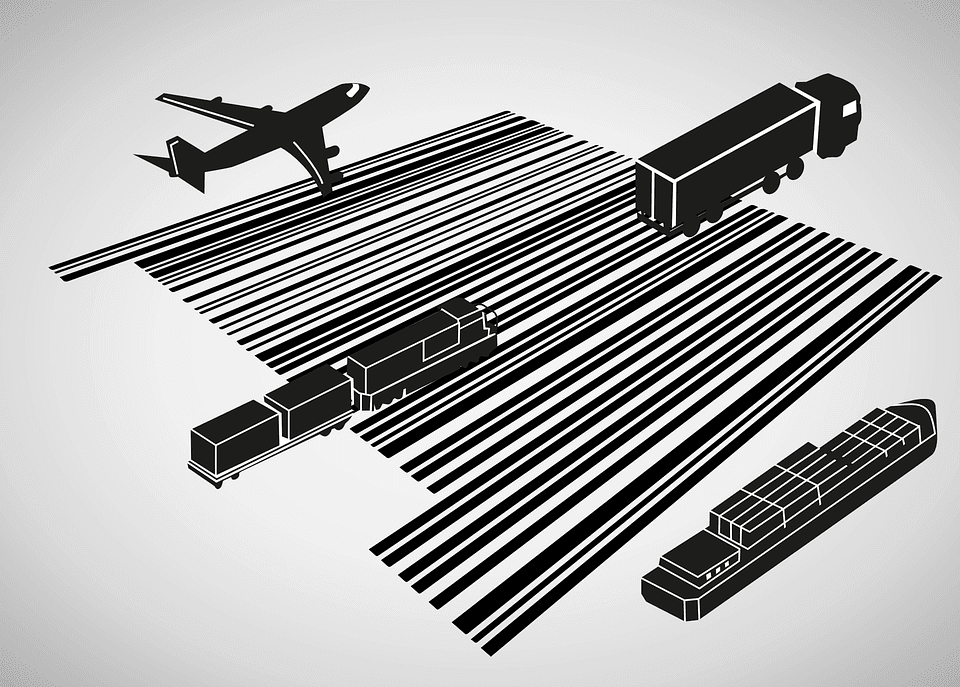
To say 2020 was a rocky year would be a gross understatement. COVID-19’s vast impact on supply chains and the global economy is likely not yet fully grasped. Whether you’re in the moving, trucking, freight, or any other industry that gets goods from point A to B, you’ve likely seen the need for adaption first-hand. In this rocky context, fleet management for such industries is a huge part of the adaption discussion. Before considering alternatives, however, you may want to look into ways to improve your fleet efficiency. To be brief, below, you may find six among the safest, cleanest approaches.
Defining fleet efficiency
Just for the sake of clarity, let’s briefly define fleet efficiency. Wikipedia defines fleet management as “the management of:
- Commercial motor vehicles such as cars, vans, trucks, specialist vehicles (such as mobile construction machinery), forklifts, and trailers
- Private vehicles used for work purposes (the ‘grey fleet’)
- Aviation machinery such as aircraft (planes and helicopters)
- Ships
- Rail cars
- Non-powered assets such as generators, tanks, gear boxes, dumpsters, shipping containers, trailers, excavators, and other equipment that can’t run on its own power.”
In this context, fleet efficiency describes management efficiency; how cost-efficient your fleet, regardless of what vehicles comprise it, actually is. To gauge it more firmly, fleet managers usually divide metrics into three groups:
- Safety metrics: accidents, maintenance, etc.
- Cost efficiency metrics: fuel economy and efficiency, overall fleet productivity, etc.
- Compliance metrics: deliveries on time, hours of service, etc.
With this in mind, fleet efficiency should become a more straightforward term. In essence, it’s the sum of combined metrics that indicate proper operations, cost-saving, and cost-efficiency.

Due to COVID-19, optimal fleet management is becoming increasingly essential.
Ways to improve your fleet efficiency
With definitions out of the way, we can more easily explore ways to improve your fleet efficiency. All such steps will hinge on improving the three metric groups above in different but equally practical ways.
#1 Use fleet management software
In this digital age, fleet management software is likely the first step that comes to mind. Fleet management solutions can offer tremendous assistance toward improving fleet management and, thus, fleet efficiency.
Such solutions, often abbreviated as FMS, centralize monitor analytics such as the following:
- Routing and route fuel-efficiency
- Vehicle condition and fuel status
- Real-time location updates and geo-fencing
- Incident reporting
- Driver behavior monitoring and driver medical records
To do so, FMS solutions use telematics; information technologies that use GPS and onboard diagnostics to relay such information in real-time.
This solution alone can make all of the approaches below much more manageable. Such solutions can reduce paperwork, minimize communication delays, and let fleet managers track data much more efficiently. You may choose to do without, of course, but such innovative technological solutions are both scalable and intuitive enough to be worth considering.
#2 Decrease idle time for efficiency fleet
Of course, efficiency hinges on cost-effectiveness. Idling is one of the worst offenders in this regard, so you should always try to minimize it.
The most common reasons for idling include:
- Unnecessarily long engine warm-up
- Leaving the engine running while the vehicle isn’t in use
- Using the engine to operate vehicle equipment
Idling is one of the most common fuel misuses. What’s more, reducing it doesn’t simply ensure better fuel management. Many US states have strict anti-idling laws in place, which is true for many other countries.
#3 Plan more fuel-efficient routes to reduce fuel costs
Nothing defines fleet efficiency as well as cost-efficiency, as we’ve already argued. So, while reducing idling can help with fuel management, routing can cement it.
Closed roads, traffic jams and congestion, accidents and natural disasters, and even seasonal factors can make a route inefficient. Combined with routine vehicle stops, there’s a substantial difference between different routes. Ideally, then, you’d need to minimize mileage while ensuring a timely arrival. Finally, fleet management software can also assist here, as many solutions offer the ability to create custom maps. Through this functionality, fleet managers can use custom maps throughout the year and, in extreme cases, to improve fleet efficiency.
#4 Create a preventive maintenance schedule
Similarly, timely maintenance is of paramount importance. Reactive repairs can be very costly and, most importantly, cost-inefficient. Proactive maintenance and replacements are among the safest ways to improve your fleet efficiency by reducing costs and potential downtime.
Regular maintenance can help ensure an uninterrupted work cycle and keep a fleet fully functional. From oils and axles to fuel filters and tires, it’s better (and more efficient) to be safe than to risk it. Fleet management software can be of tremendous help here, especially for larger fleets that are harder to manage.
Make sure fleet managers schedule regular maintenance processes in their agenda.
#5 Track driver behavior and medical records
Vehicles themselves aside, a way to improve your fleet efficiency is to monitor your drivers closely. License renewals, mandatory medical examinations, and aggressive behavior on the road are all factors to keep in mind.
Indeed, aggressive driving can have many negative effects. For example, sudden and harsh braking can wear the brakes and uses more fuel to boot. But fuel costs aside, it also introduces an increased risk of accidents. As such, fleet management software can help keep an eye on such analytics and address potential problems early.
In terms of legality, license renewals and medical examinations are also a given. Whether through software or traditional methods, keeping track of both is absolutely necessary.
#6 If necessary, downsize your fleet or vehicles
Finally, a less obvious way to improve your fleet efficiency can be to simply downsize. Whether your fleet size isn’t optimal or some of your individual vehicles don’t utilize their space, downsizing can help save needless costs and let you divert your budget to more productive investments.
What’s more, downsizing vehicles often entails using newer, more optimized models. From space management to fuel consumption and vehicle safety, it can be a benefit across the board. And should demand necessitate it, you can always upsize in the future and enjoy similar benefits of newer models.
What fleet managers should remember
To conclude, then, fleet efficiency is an integral part of fleet management – and, ideally, the end goal. Through technology, it’s become easier than ever to track idle times, routing, vehicle maintenance, and driver behavior. And with all such data in one place, you can also make a well-informed decision on downsizing if necessary. In these and other ways, you can improve your fleet efficiency and ensure your business continues to thrive.
For more information, give us a call today.
Our services make us the strongest link in your supply chain.


